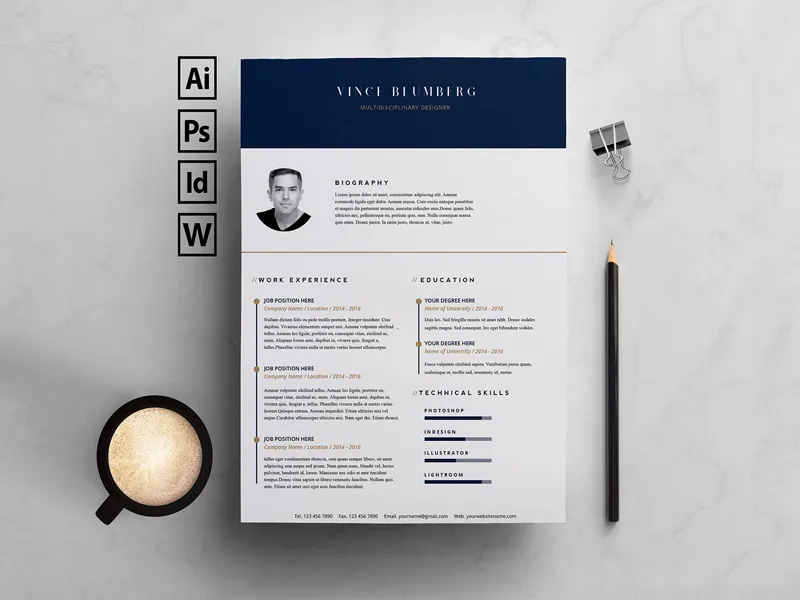Crafting the Perfect Resume Template
A well-crafted resume is your first impression on potential employers. It is a concise document that highlights your skills, experience, and qualifications, designed to get you an interview. The resume template you choose plays a critical role in how your information is presented, influencing whether a hiring manager reads further. This guide will walk you through the essential steps for creating a resume that captures attention and showcases your best self. We will explore various template styles, formatting tips, and best practices to help you land your dream job. Remember, your resume should be tailored to each specific job application, highlighting the skills and experience most relevant to the position.
Choosing the Right Resume Template Style
Selecting the appropriate resume template style is crucial for showcasing your strengths effectively. The style you choose should align with your career goals, experience level, and the specific industry you’re targeting. There are three primary resume template styles that cater to different needs and experiences. Understanding these options will help you make an informed decision, ensuring your resume not only looks professional but also effectively communicates your qualifications to potential employers. Carefully consider which template best suits your background and the requirements of the job you are applying for.
Chronological Resume Template
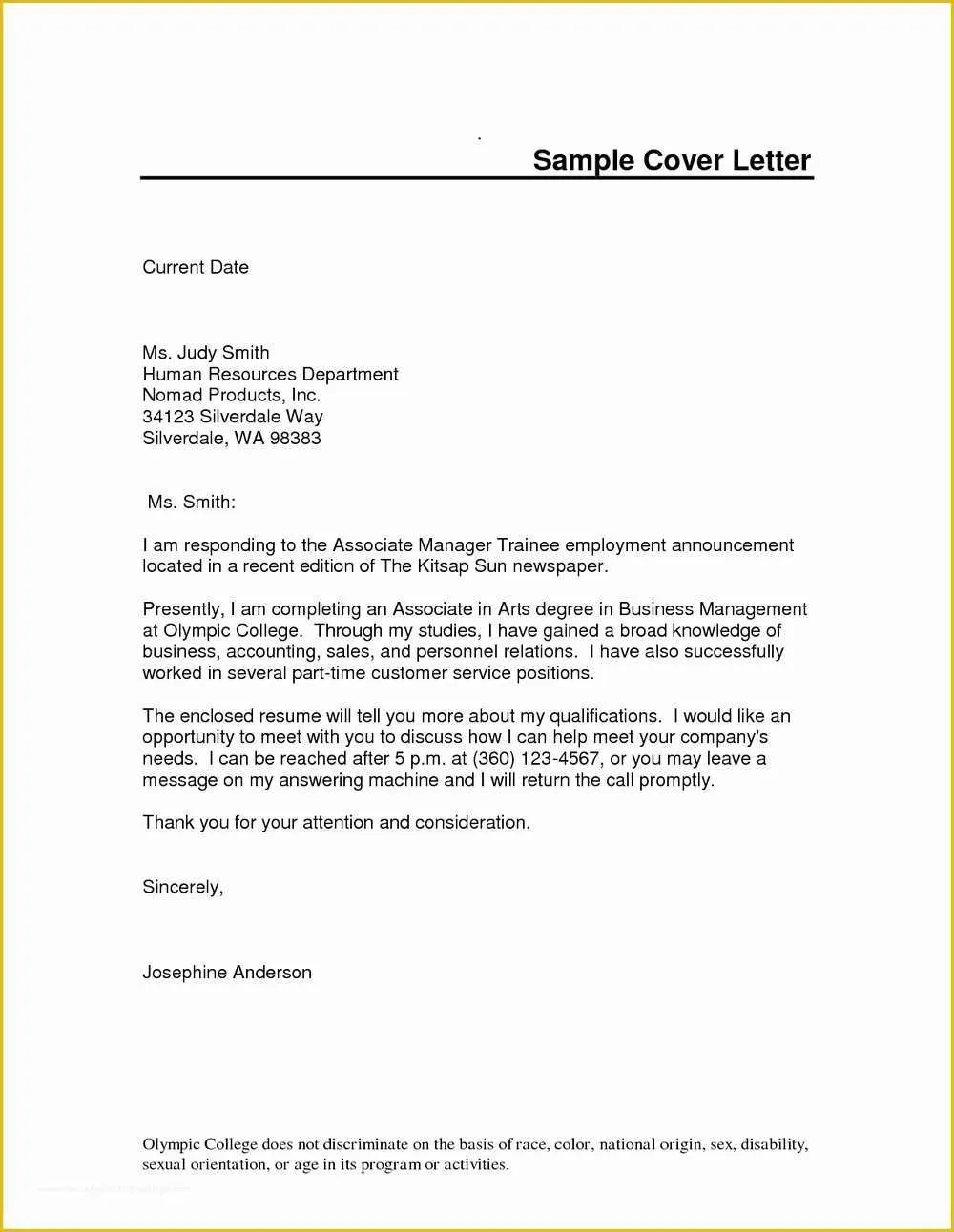
The chronological resume template is the most traditional and widely used format. It emphasizes your work history in reverse-chronological order, starting with your most recent job. This format is ideal if you have a consistent work history and a clear career progression. It’s easy for employers to see your career trajectory and the responsibilities you’ve held over time. Make sure each entry includes the job title, company name, dates of employment, and a detailed list of your accomplishments and responsibilities. This structure is well-suited for those with a stable job history and a clear path of career advancement, as it allows recruiters to see your professional evolution at a glance.
Functional Resume Template
A functional resume template focuses on your skills and abilities rather than your chronological work history. This format is particularly useful if you have gaps in your employment history, are changing careers, or have limited work experience. Instead of listing jobs, you’ll highlight your skills in categories relevant to the jobs you are applying for. This format allows you to emphasize your transferable skills, like communication, leadership, or technical abilities. This approach is helpful for individuals who may have a less conventional work history or those who want to highlight particular skill sets over their past job titles and dates.
Combination Resume Template
The combination resume template blends the chronological and functional formats, offering a balanced approach. It begins with a summary of your skills and qualifications, followed by a chronological work history. This format allows you to highlight both your skills and your employment history. This is an excellent option if you want to showcase your key abilities while still presenting your work experience in a clear, chronological order. This structure is ideal for those who have a consistent work history and want to emphasize specific skills, making it a versatile choice for various job applications and career levels. It provides a comprehensive overview of your qualifications and work experience.
Essential Sections for Your Resume
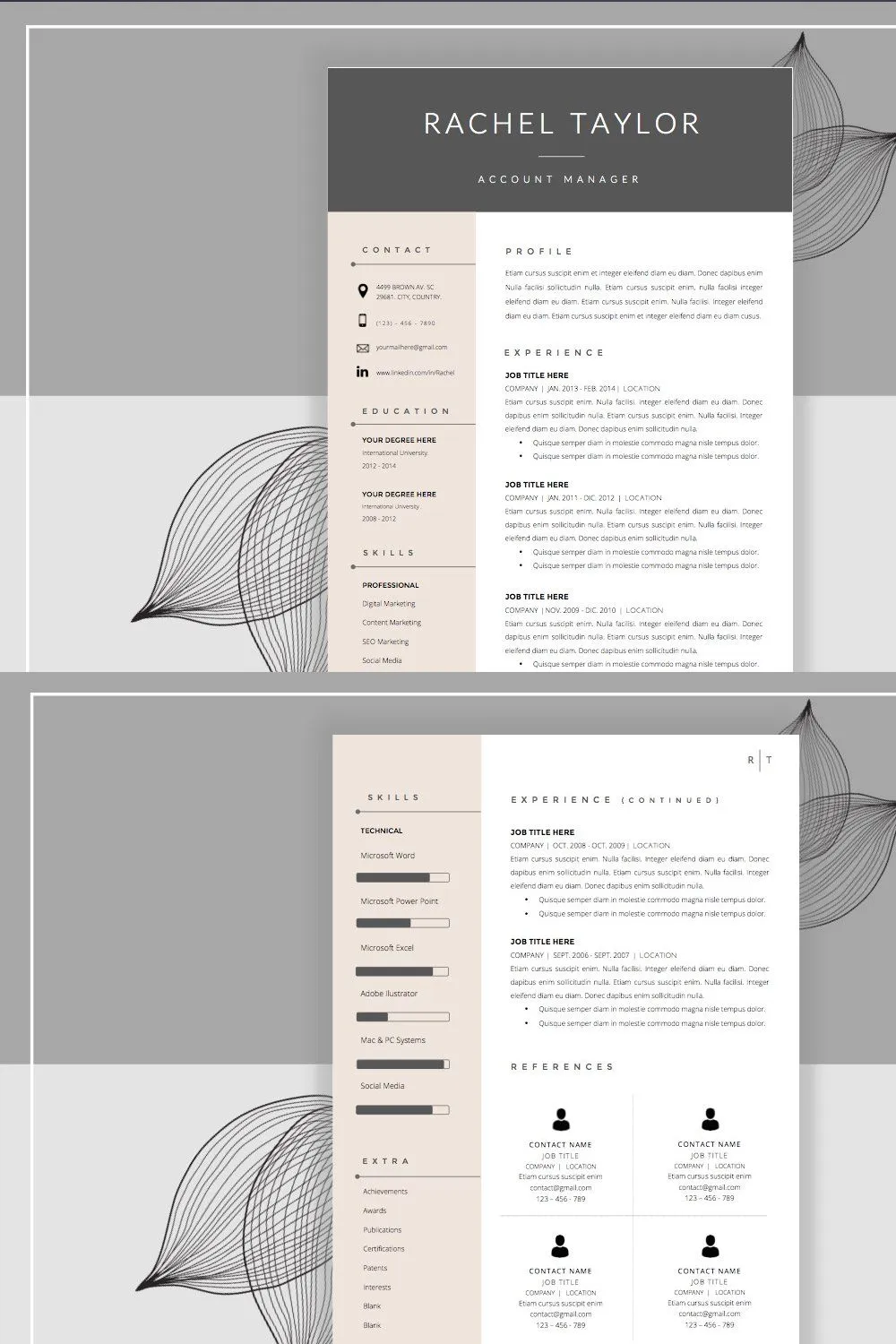
Regardless of the template style you choose, certain sections are essential to include in your resume to provide a comprehensive overview of your qualifications. These sections provide employers with the key information they need to assess your suitability for a role. The structure and content of these sections will significantly impact whether a hiring manager decides to interview you. Ensure each section is tailored to the job description, highlighting the most relevant information and using keywords from the job posting. Each section should be clear, concise, and professionally formatted.
Contact Information
Your contact information should be at the top of your resume, making it easy for recruiters to reach you. Include your full name, phone number, professional email address, and LinkedIn profile URL. Make sure your email address sounds professional. Double-check all contact details for accuracy, as a small error can lead to lost opportunities. Providing a LinkedIn profile link allows recruiters to easily access more detailed information about your professional background and network. Keep this section clear and concise, ensuring it’s easily accessible on any device.
Summary or Objective Statement
A summary statement is a brief overview of your qualifications and career goals, designed to grab the reader’s attention. Use it if you have substantial experience. An objective statement states your career goals and is more suitable for entry-level positions. Tailor this section to the specific job you’re applying for. Highlight your key skills, experience, and career aspirations. Keep it concise, typically no more than three to four sentences. Use keywords from the job description to make your resume more searchable and to demonstrate that you are a good fit for the role. This section sets the tone for the rest of your resume.
Work Experience
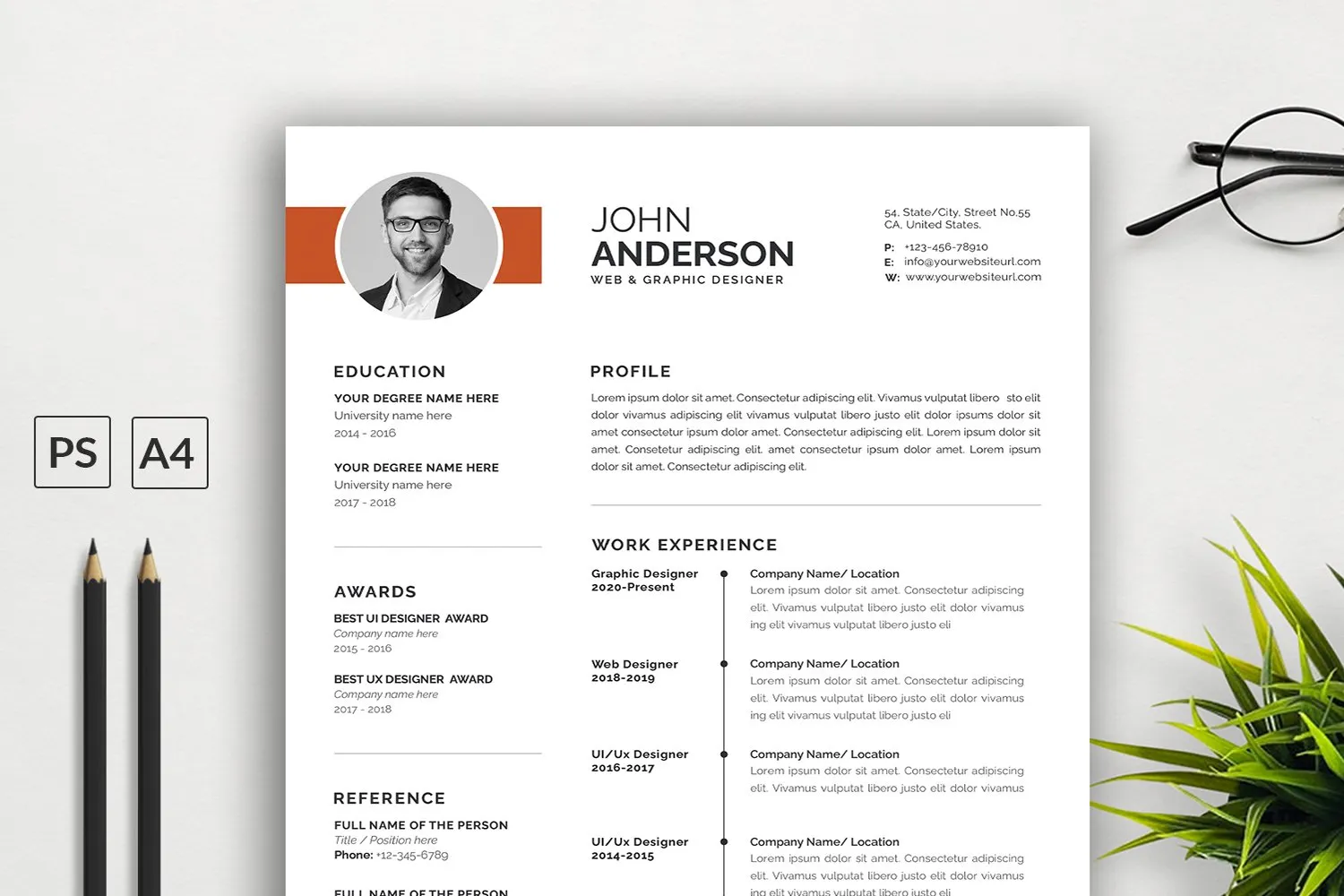
This section should be the core of your resume. List your work experience in reverse-chronological order, including the job title, company name, dates of employment, and a brief description of your responsibilities and achievements. Use action verbs to describe your tasks and quantify your accomplishments whenever possible. Focus on results, showcasing how you made a positive impact in previous roles. Tailor the descriptions to match the requirements of the job. Use keywords from the job posting to highlight your relevant skills and experience. Focus on accomplishments rather than just listing job duties.
Education
List your educational qualifications, including the degree earned, the name of the institution, and the dates of attendance. If you have a recent degree, you may also include your GPA (if it’s impressive), relevant coursework, and any honors or awards received. For those with more work experience, this section can be shorter, focusing on the essential details. For recent graduates, your education section may be more detailed. Ensure that your degree information aligns with the job requirements. Include any relevant certifications or licenses. Include the location of the institution as well.
Skills Section
Create a dedicated section to list your skills, categorizing them for clarity. Include both hard skills (technical abilities) and soft skills (interpersonal and communication skills). Tailor the skills listed to match the job description, highlighting the ones most relevant to the position. Use keywords from the job posting to ensure your resume is easily searchable. Organize your skills logically, perhaps separating them into technical skills, software proficiency, and communication skills. This section is crucial as it allows recruiters to quickly identify your key competencies and assess your suitability for the role.
Formatting and Design Best Practices
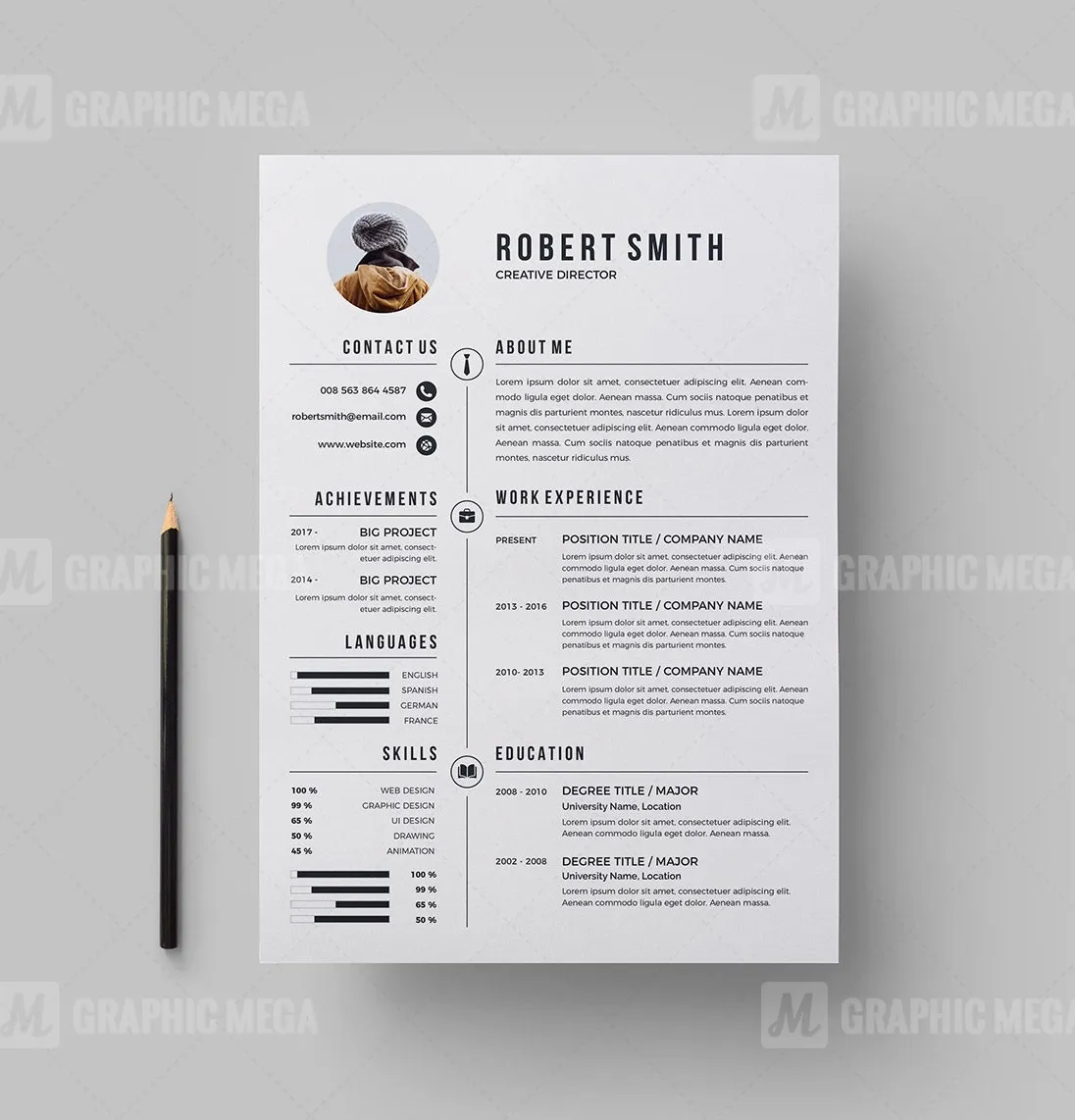
Effective formatting and design are essential for creating a visually appealing and easily readable resume. A well-designed resume is more likely to capture the attention of recruiters and hiring managers. Proper formatting ensures that your information is clear, organized, and easy to scan. Choosing the right design elements can significantly enhance your resume’s impact and increase your chances of getting an interview. Here are some best practices to help you create a professional and polished resume.
Font Selection and Readability
Choose a font that is easy to read and professional. Common fonts like Arial, Calibri, and Times New Roman are safe choices. Ensure your font size is between 10 and 12 points for the body text and 14 to 16 points for headings. Avoid using overly decorative fonts that may distract from the content. Make sure there is good contrast between the text and the background. The goal is to make your resume easy to read at a glance, so recruiters can quickly grasp the essential information. Keep the font consistent throughout the document, maintaining a professional and uniform appearance.
White Space and Visual Appeal
Use white space effectively to make your resume visually appealing and easier to read. Avoid overcrowding your resume with text. Leave sufficient space between sections, headings, and bullet points. This helps to break up the text and guide the reader’s eye. Use margins of at least one inch on all sides of the document. Use bolding, italics, and underlines sparingly to highlight key information. A well-designed resume is less likely to overwhelm recruiters, making it easier for them to focus on your qualifications. Effective use of white space enhances readability and professionalism.
File Format and Submission Tips
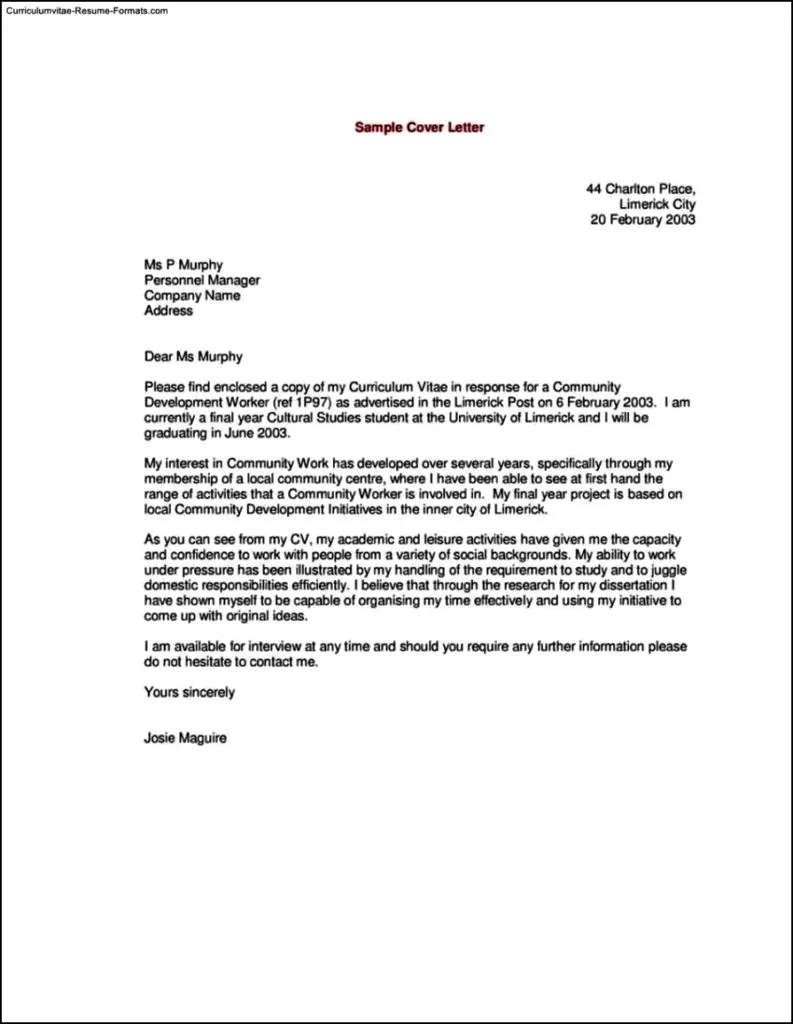
Save your resume as a PDF (Portable Document Format) file unless the job application specifically asks for a different format, like a Word document. PDFs preserve your formatting and ensure that your resume looks the same on any device. Name your file with your full name and the word “resume”, for example, “JohnDoeResume.pdf”. When submitting your resume online, carefully follow all instructions provided by the employer. Always proofread your resume thoroughly for any grammatical errors or typos before submitting it. Double-check your contact information to ensure it is accurate. This attention to detail shows professionalism.
Creating a Compelling Cover Letter
A cover letter is your opportunity to introduce yourself, highlight your key skills and experience, and express your interest in a specific job. It’s a chance to go beyond your resume and make a personal connection with the hiring manager. A well-written cover letter can significantly increase your chances of getting an interview. When writing a cover letter, tailor it to each job application and the specific requirements of the position. A strong cover letter complements your resume and provides additional context about your qualifications and career goals. It allows you to explain your suitability for the role in more detail, showcasing your personality and communication skills.
Understanding the Purpose of a Cover Letter
The primary purpose of a cover letter is to introduce yourself to the hiring manager and express your interest in a specific job. It allows you to explain why you are a good fit for the role and the company. It provides context and shows how your skills and experience align with the job requirements. A cover letter should highlight your key qualifications and achievements, providing more detail than your resume can offer. It also showcases your personality and communication skills, helping you make a positive first impression. Your cover letter should demonstrate your understanding of the role and the company’s needs. It’s a chance to explain your motivations and show your enthusiasm for the opportunity.
Cover Letter Structure and Format

A standard cover letter format typically includes an introduction, body paragraphs, and a conclusion. Start with your contact information, followed by the date and the hiring manager’s name and title (if known). Use a professional business letter format, with clear paragraphs and a formal tone. Ensure your cover letter is well-formatted and easy to read. Maintain a consistent font and font size that matches your resume. Aim for a length of no more than one page. Use white space effectively to break up the text and make it visually appealing. Keep it concise and focused, highlighting your most relevant skills and experiences.
Opening Paragraph Strategies
The opening paragraph should immediately capture the reader’s attention. Start by stating the specific position you are applying for and where you saw the job posting. Briefly mention your key qualifications and express your enthusiasm for the role and the company. You can also include a brief statement about why you are interested in this particular opportunity. Avoid generic openings; personalize your introduction to show that you’ve researched the company and understand the job requirements. Highlight a relevant achievement or skill that immediately demonstrates your suitability for the role. The goal is to hook the reader and encourage them to continue reading your cover letter.
Body Paragraphs and Highlighting Your Skills
The body paragraphs should expand on your key skills, experience, and accomplishments. Provide specific examples that demonstrate how you have successfully performed in similar roles. Use the STAR method (Situation, Task, Action, Result) to structure your examples, making them more impactful. Tailor your examples to match the specific requirements of the job description. Highlight your achievements by quantifying them whenever possible. Use keywords from the job description to demonstrate that you possess the necessary qualifications. Demonstrate your understanding of the company’s needs and explain how your skills can benefit them. Make sure each paragraph focuses on a specific skill or experience, making it easy for the reader to understand your qualifications.
Closing Your Cover Letter Effectively
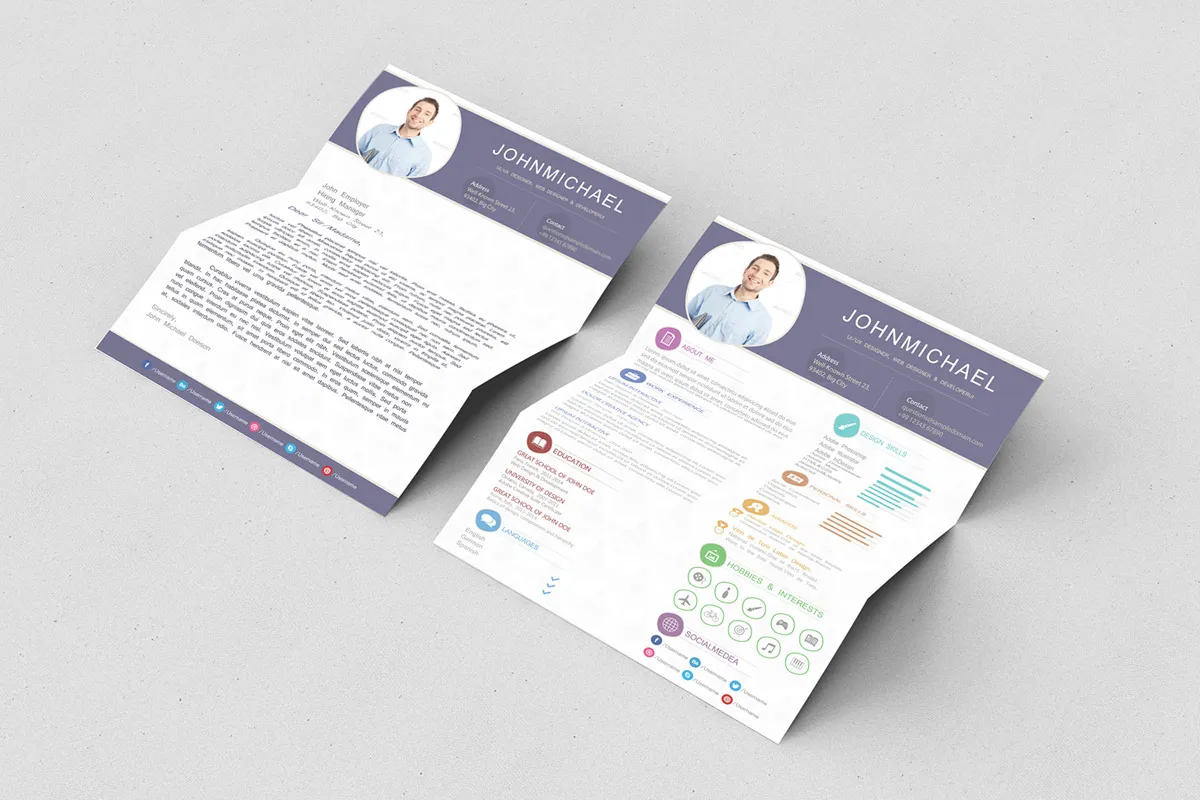
The closing paragraph should summarize your interest in the role and reiterate your qualifications. Reiterate your enthusiasm for the opportunity and the company. Clearly state your availability for an interview and provide your contact information. Thank the hiring manager for their time and consideration. Maintain a professional and confident tone. Proofread your cover letter one last time before submitting it. Express your eagerness to discuss your qualifications further and make a strong closing statement that leaves a lasting impression. Conclude by expressing gratitude for their time and consideration and express your eagerness to hear from them.
In conclusion, creating a compelling resume and cover letter requires careful planning, attention to detail, and tailoring to each job application. By following these guidelines and focusing on your strengths, you can increase your chances of landing your dream job. Remember to customize your resume and cover letter for each role, highlighting the skills and experiences most relevant to the position. Regularly update your resume to reflect your latest accomplishments and skills. Proofread everything carefully to ensure there are no errors. Good luck!
